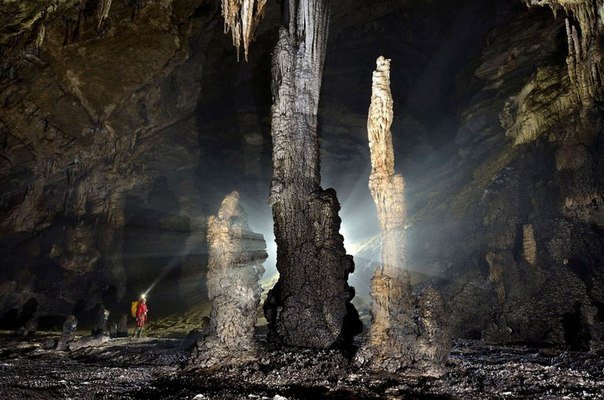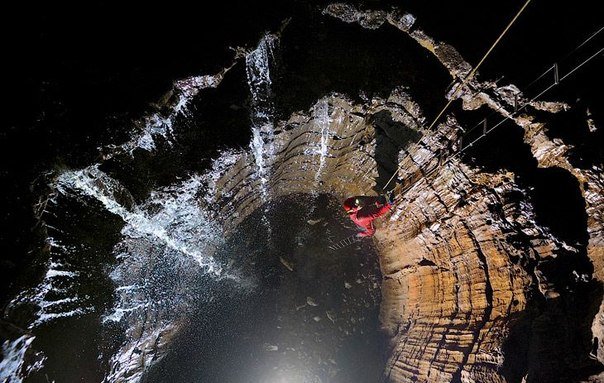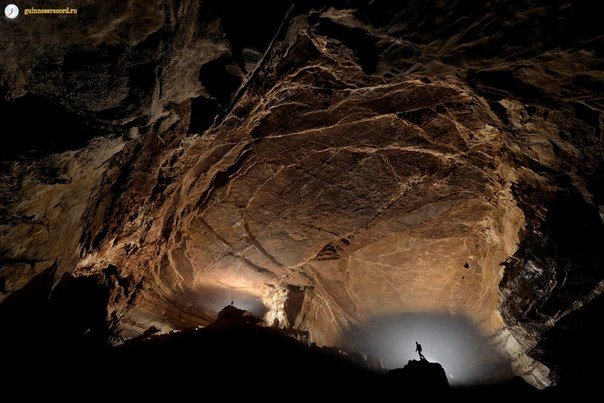Her name translates as the "Second Royal cave" or "Cave of the second Prince." And she really is the Queen of all caves". Amazing, unpredictable, stunning for its monumentality and grandeur. Fantastically fascinating, "lost" in the vastness of the world hitherto unexplored system of caves Er Wang Dong.
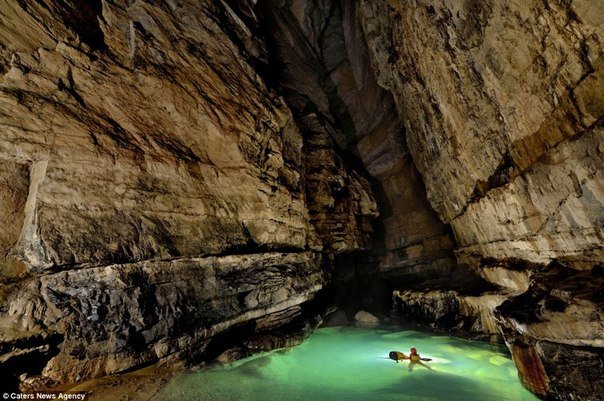

Central China. The Wulong County as part of the city-province of Chongqing. Incredible natural formation was discovered by chance in September 2013. The miners knew about the inaccessible caves for a long time, some close to the entrance of the mines, it is even used for workings. But with research here no foot of man.
A team of 15 people: explorers, climbers, photographers, and camp at the bottom of the cave, during the month studied natural phenomenon.
Its length is 42 139 m, depth of 441 m. But this is not the final data about the size a miraculous natural wonder.
Long vertical dip-well sinkholes, Nibizi at a depth of 195 m "opens" the "way to the lost and mysterious world". In the Ordovician period of the Paleozoic era (about 480-500 million years ago) limestone rocks began forming the Grand artistry of mother nature.
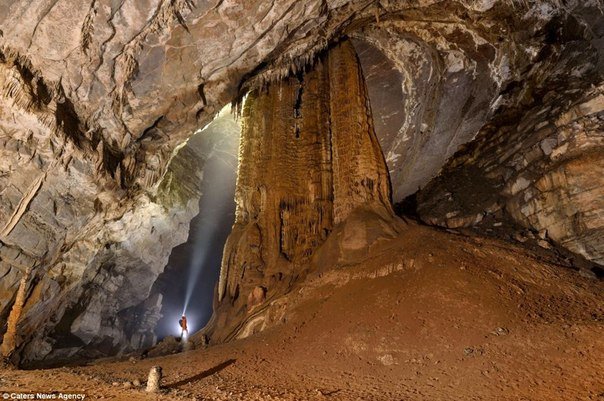
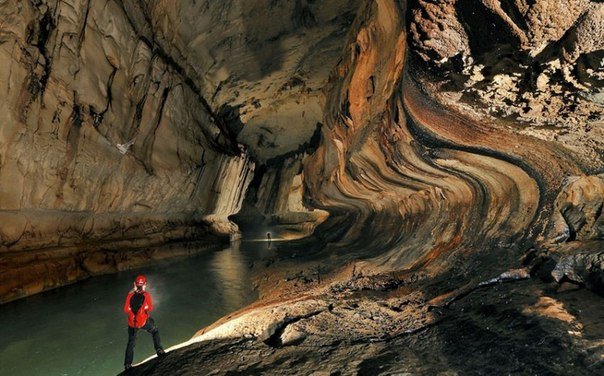
"Natural gallery" cave system er Wang Dong is so huge that it formed its own special microclimate. Underground meteosystems, where under the arches of the galleries, at an altitude of 250 m constantly hanging fog and formed a cloud – a unique phenomenon. Through the "hole" of the upper arch of the clouds penetrate inside, unable in the same way to leave "the lost world". His contribution to the formation of clouds and make vnutriepreserdna evaporation of water flows, rising up to the "ceiling". Valley with the romantic name Nubiti Tian Keng is the vast extent of the clouds.
The researchers found in the caves er Wang Dong several climatic zones and has its own drainage system, which during heavy rains on the surface makes them very dangerous and almost insurmountable.
"Cloud ladder hall" perhaps, is the biggest of its kind on the planet. The total area of the caves is determined by approximately 51 000 m2, but this is not the limit, as many hard-to-reach underground labyrinths unexplored. Some of them can be "pass" only under water. Other, having a vertically sheer walls and narrow descent is available only to rock climbers. In the third you can just get overcome vast beyond the gaze of the input space, among stalagmite-stalactite columns, patterned-calcite vaults, underground rivers and lakes. Tabs-colossi, "mountain ranges"... to hear the echo of his whistle in the depths of the cave galleries, you need to wait a few seconds.
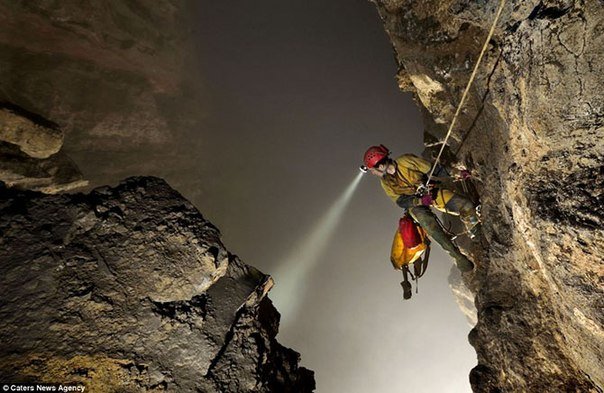

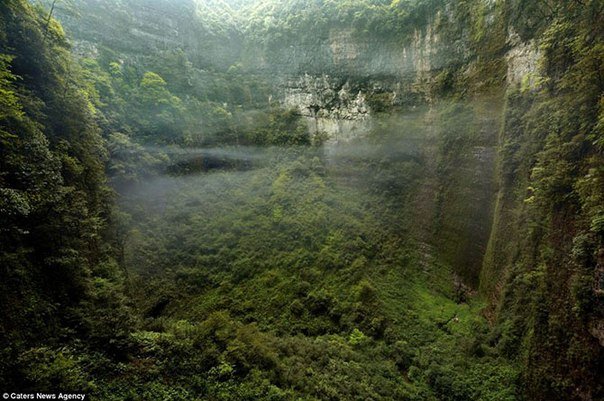
Numerous river cave roaring and menacing, quiet and calm, forming a transparently clear lakes, which are home to colorless and blind fish. The largest river is named Quankou Dong. Roaring underground waterfall, scattering myriads of splashes and blowing wind crowns the entrance to the Hall "Queen of the Nile".
Giant stalactites Hall "Crunchy blankets" or "the Hard feather" as it was called by the researchers, indicate that the water dripping here are a few of the tens of thousands of years. Calcite stalagmites-the giants at the foot of the inclined barrier – the transition to the new level of the cave emphasize the immensity of space. Natural bas-reliefs on the ceiling is impressive, and imagination paints a mystical picture. The faint glow of some "soil" is rocks gives even greater mystery mysterious galleries.
One of the sections of the cave "Where the winds blow" so named because of the strong air currents, carrying with them sand and dust. Hall gallery "Troupe of dancing elephants" – if you look closely – the name corresponds to the Association.
A phantasmagoria of the mysterious spectacle, the grandeur of the natural design and monumental beauty. A special world... a Cave... How many mysteries keeps the er Wang Dong is known only to her.
